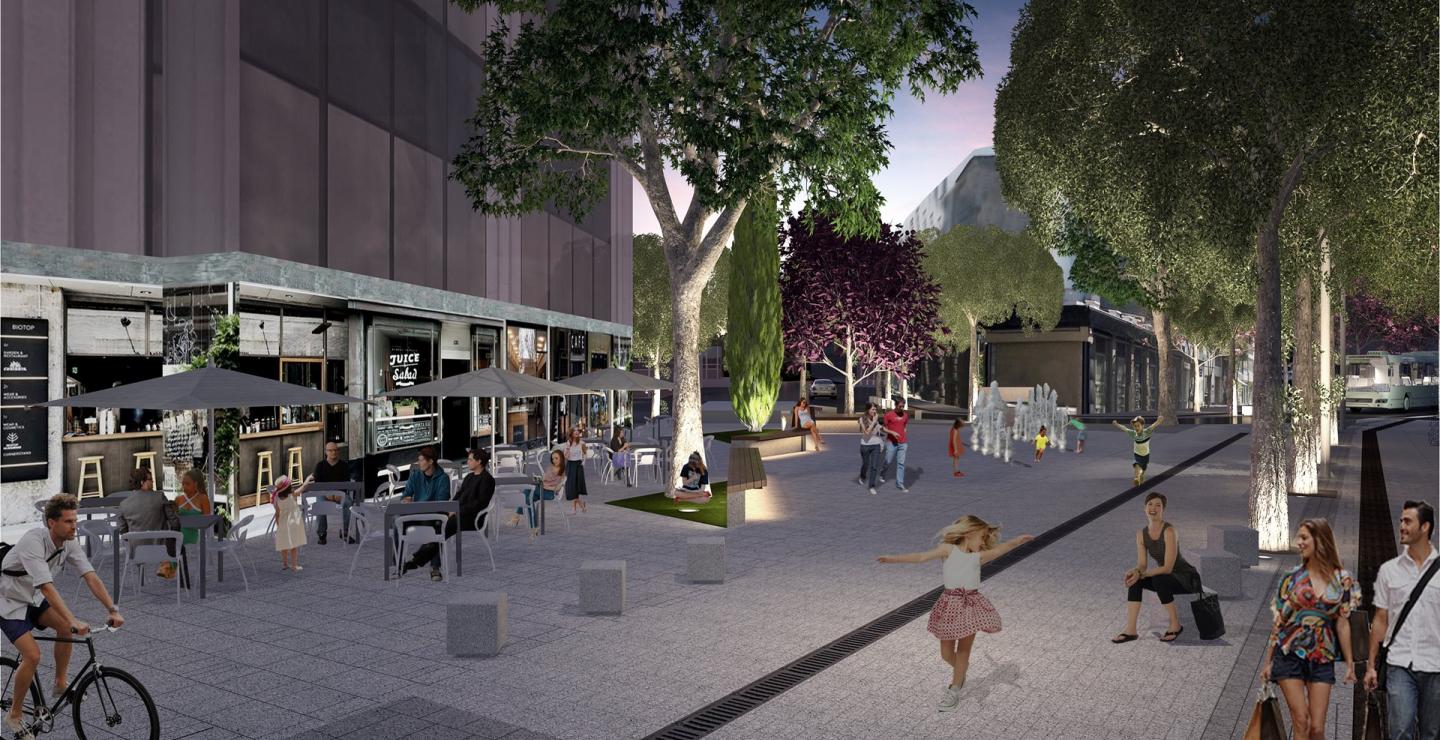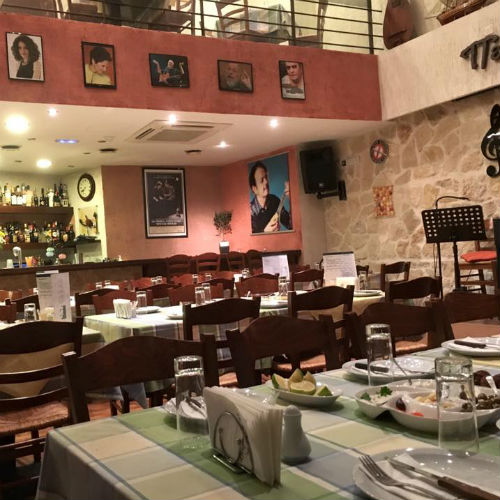Meet the Craftsmen of Old Nicosia
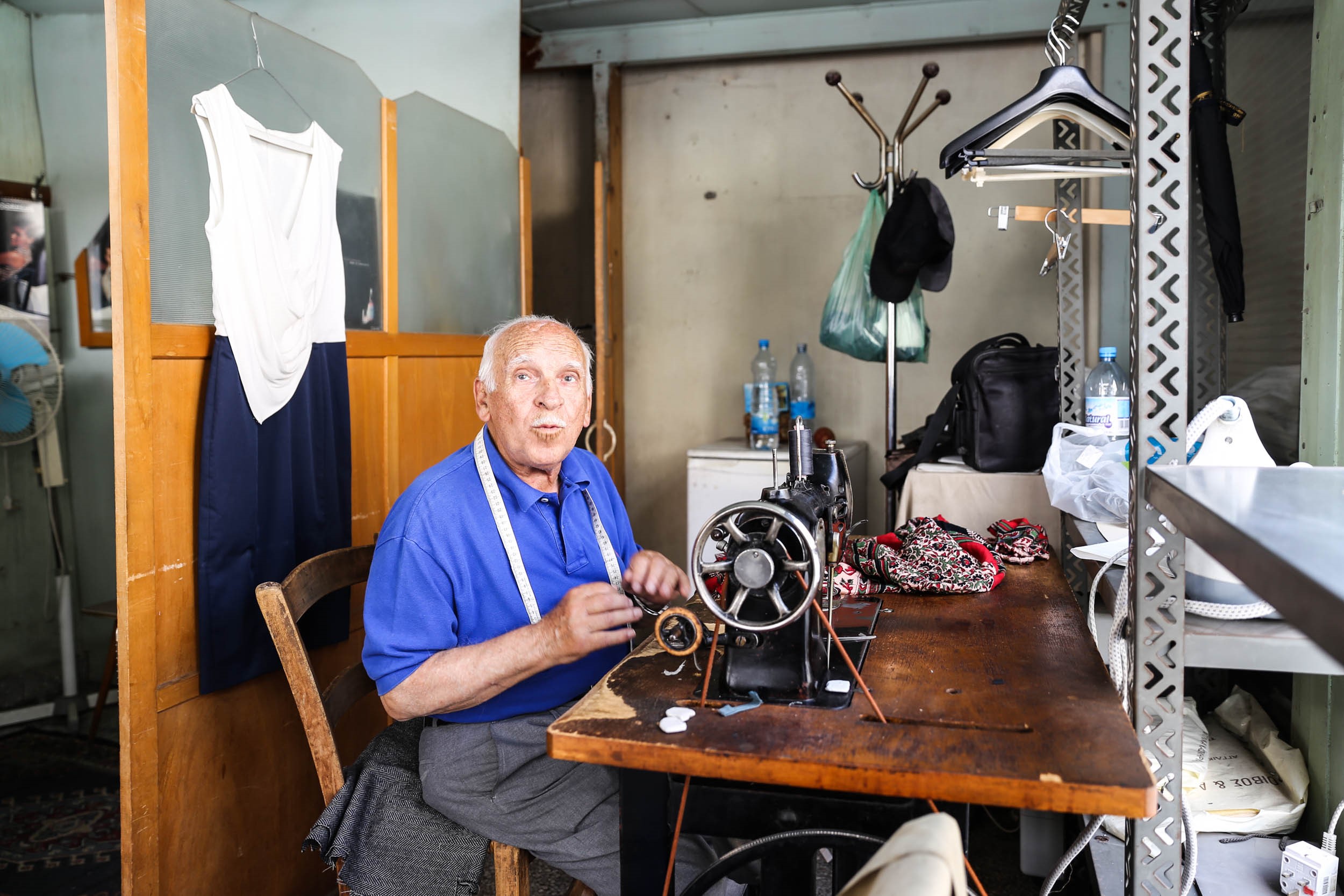
Once the commercial hub of the capital, walled Nicosia was a booming business and shopping centre. Shop owners were thriving, and movement in the streets was high. Men would get their suits personally tailored, and custom-made furniture elegantly decorated each household.
After the 1974 war, life in Old Nicosia came to a halt as many abandoned the area for being too close to what is now known as the Green Line, which divides the capital in two. However, some traditional craftsmen remained, sticking by their trades and maintaining their artwork which in some cases is slowly disappearing.
My Cyprus Travel went for a stroll through the streets of the Old Town to meet these craftsmen and listen to their stories. Setting off from Ermou Street, which is filled with studios and work garages, we first met Yiorgos Frantzeskos, a carpenter taking a break from his materialising orders. He was optimistic about his profession’s survival and assured us that work was just picking up since the 2013 financial crisis. Yiorgos felt confident that ready-made furniture is temporary, whereas something custom-made is sure to last longer and add that personal touch.
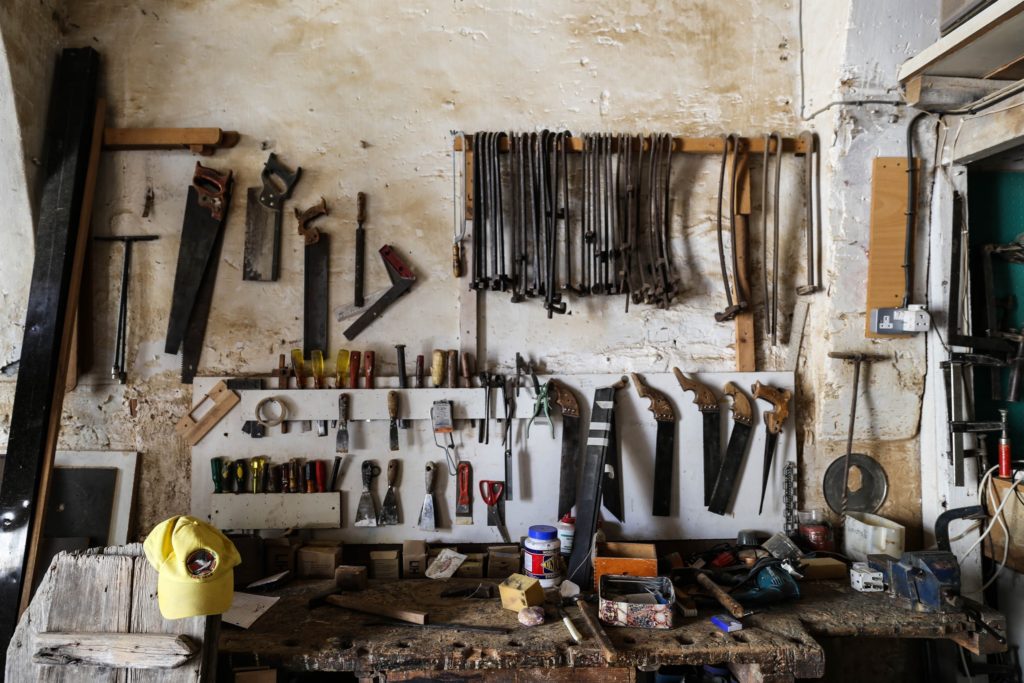
The only decor you find at the carpenter’s garage are his tools hanging on the wall | Photo by Eleni Philippou
Around the corner from the pretty Ermou Street, where loads of craftsmen welcome you in their shops, is Tritonos Street, similarly filled with workers’ garages. Here you’ll find metalworkers, carpenters and all sorts of craftsmen working side by side. In order to meet them, make sure you head out in the morning because they like to do most of their work during the day.
Fanis Papasavva works with metal, stainless steel in particular, and learnt how to melt and merge metal on the job as the skill was passed down to him, as is most common with these craftsmen and their trades. He also mentioned that business is much better now than in 2013, yet he sees a lack of interest in learning the trade as it’s becoming more difficult to find employees.
Metal, copper and wood work were highly respected and detailed crafts back in the day, crafts that required a lot of skill, dedication and patience. There’s no doubt that times have changed, which only means that professions evolved, resulting in little attentiveness to these hands-on trades. The new generation goes for a completely other manner of business and there is a fear that the art of handmade, traditional goods will die along with their creators.
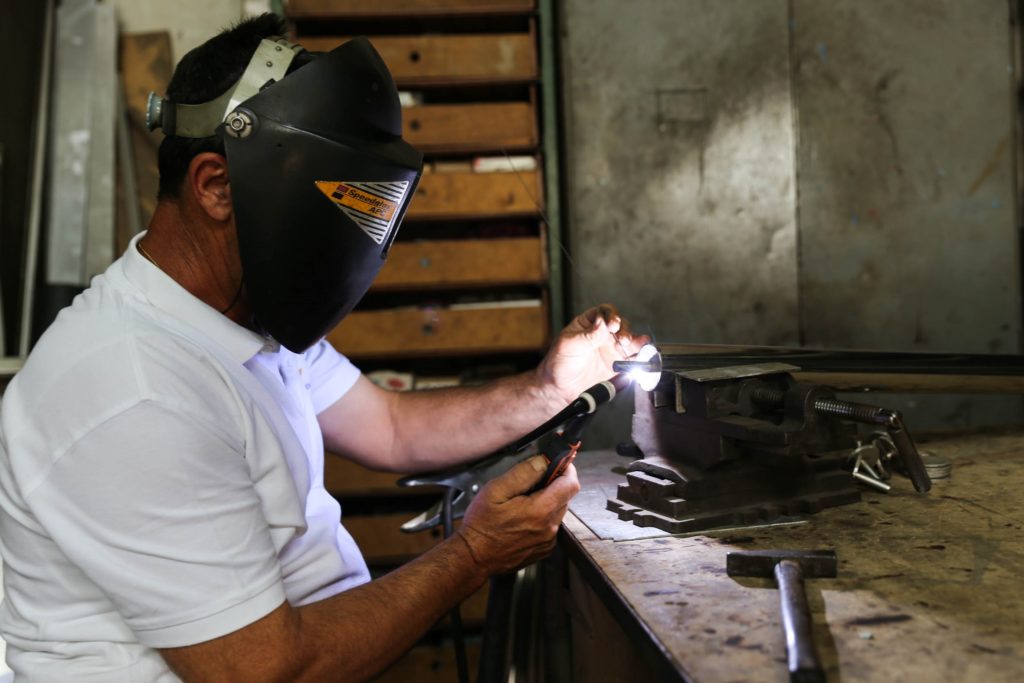
Fanis during the process of melting metal |Photo by Eleni Philippou
So in your next stroll around the quaint streets of Old Nicosia, look out for the people who keep this line of work alive and watch up close how it’s done. Most of them are hospitable enough to welcome you in and show you their craft.
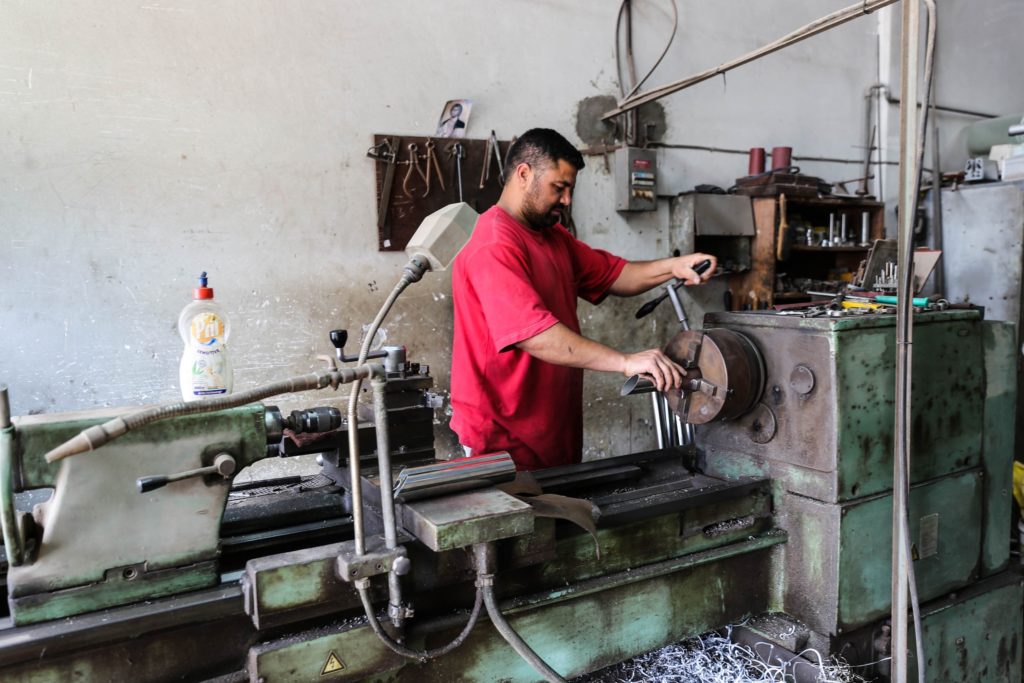
A colleague of Fanis working on a machinery | Photo by Eleni Philippou
A little bit further down opposite the STOA square is a little shop selling all kinds of goods made out of copper. The copper industry was huge in Cyprus, starting in 4000 BC. In fact, it’s believed that the island’s name means ‘Cuprous’, a chemical element containing copper, as copper production was a distinctive and important feature of the country – so much so that during the Roman period, Cyprus was able to satisfy almost all of the world’s copper requirements.
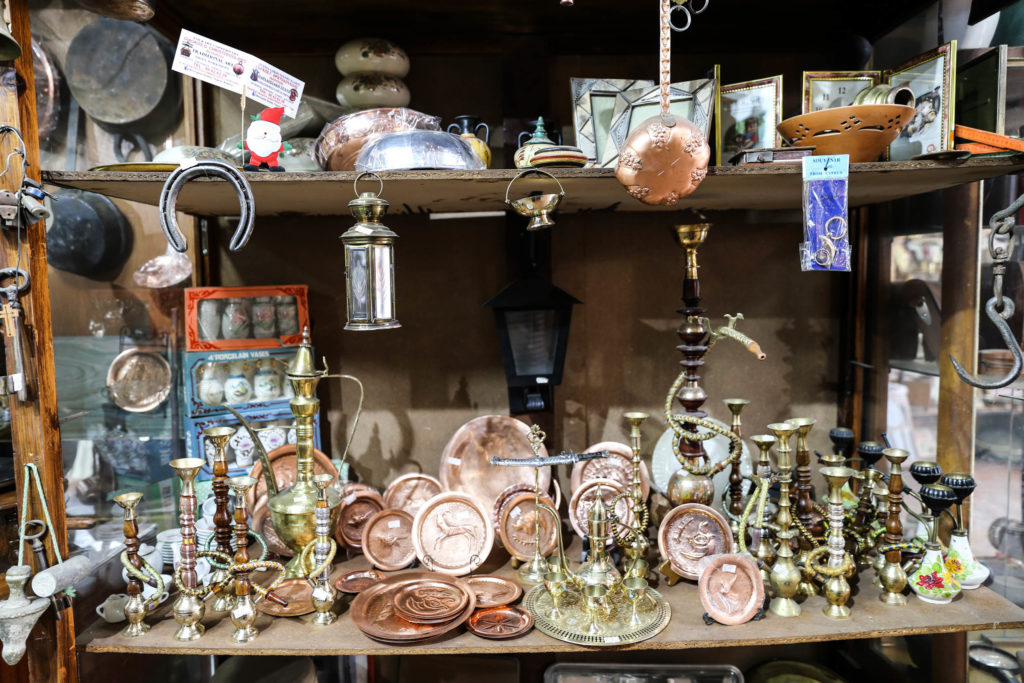
From pots and ashtrays to lamps and mugs, copper products vary | Photo by Eleni Philippou
Upon seeing us admiring the dozens of copper creations in the shop, the owner came out to chat. He was happy to talk and show us around, yet not so happy about the situation his line of work is in. Just like the rest, his shop is family-owned, passed down to him from his great-grandfather, and he makes everything by hand in his studio beneath the shop. Though once a prevailing industry, copper products aren’t so popular nowadays. As the owner wet his hair for a photo, he expressed his fears that he won’t be able to pass on his shop.

Inside the shop opposite the Municipal Market | Photo by Eleni Philippou
After browsing through the detailed copper work, we took to the streets again and wandered through the many alleys of Old Nicosia, observing tourists sightseeing and locals going about their business. Making stops to photograph some interesting corners and their personas along the way, we somehow found ourselves on Palaion Patron Germanos Street to see an old tailor.
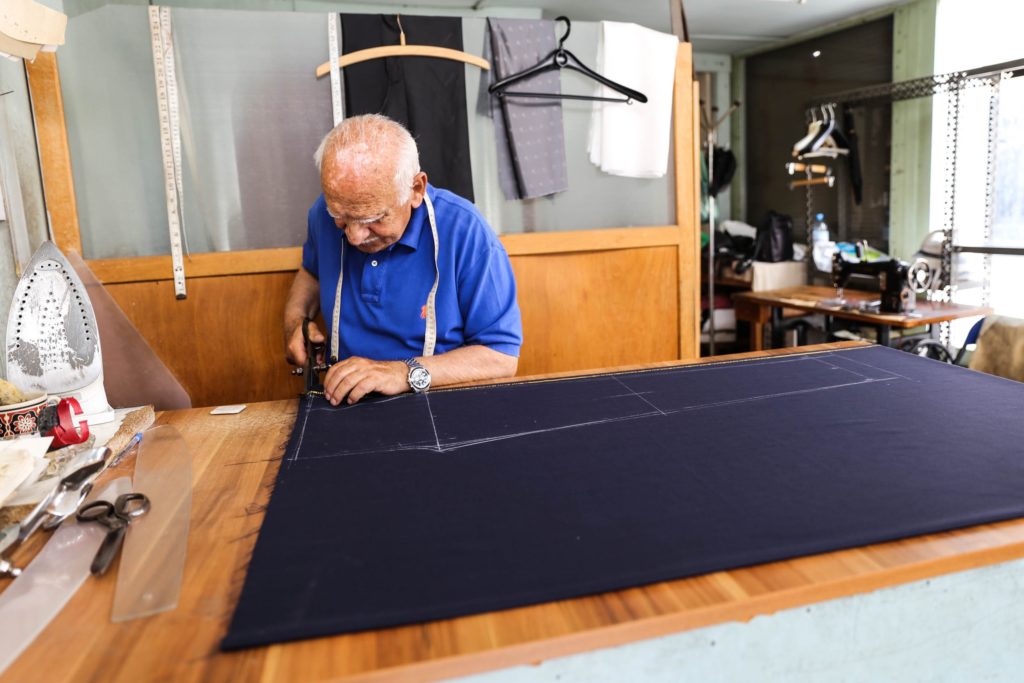
Taylor Andreas Oikonomides cutting his fabrics | Photo by Eleni Philippou
Mr. Andreas Oikomides welcomed us with kind eyes and open arms into his shop, and though he can’t speak very well, he was happy to tell us a bit of his story. Having been around since before the division, he is possibly one of the oldest tailors around. ‘Before the war, life and work was buzzing here, the streets were full,’ he commented while cutting his fabric. Now, he says, people want something ready and fast. Not many will choose handmade outfits, which leaves him with little work.

Mr Andreas sewing a skirt | Photo by Eleni Philippou
Visiting the Old Town of Nicosia is a must for anyone who wants to experience a variety of scenes, from religious landmarks and the historical Green Line to the people who give a special kind of flair to the city. Some of them are these craftsmen who work hard to maintain a line of work that used to be extremely popular but is slowly disappearing. Show them some love by stopping to admire their work and revel in the tales they are sure to offer you.

